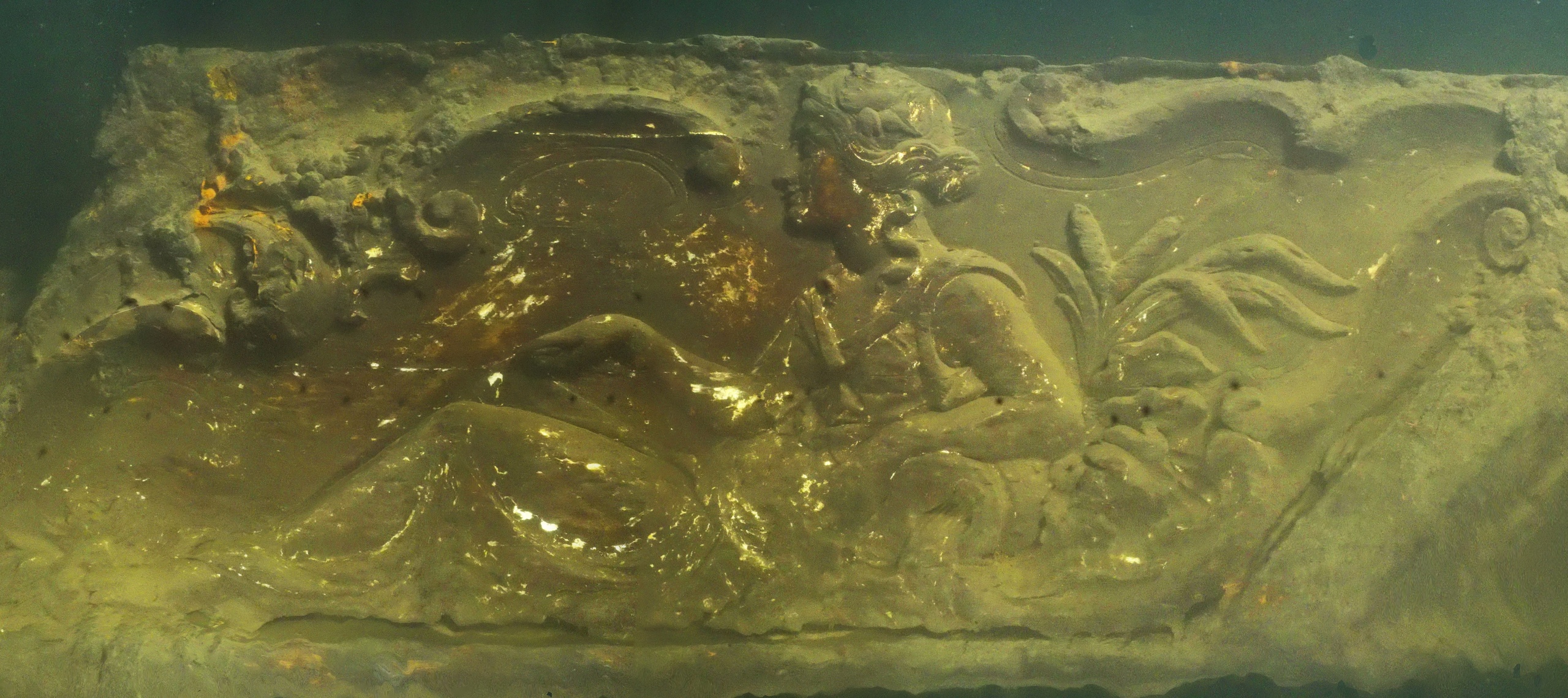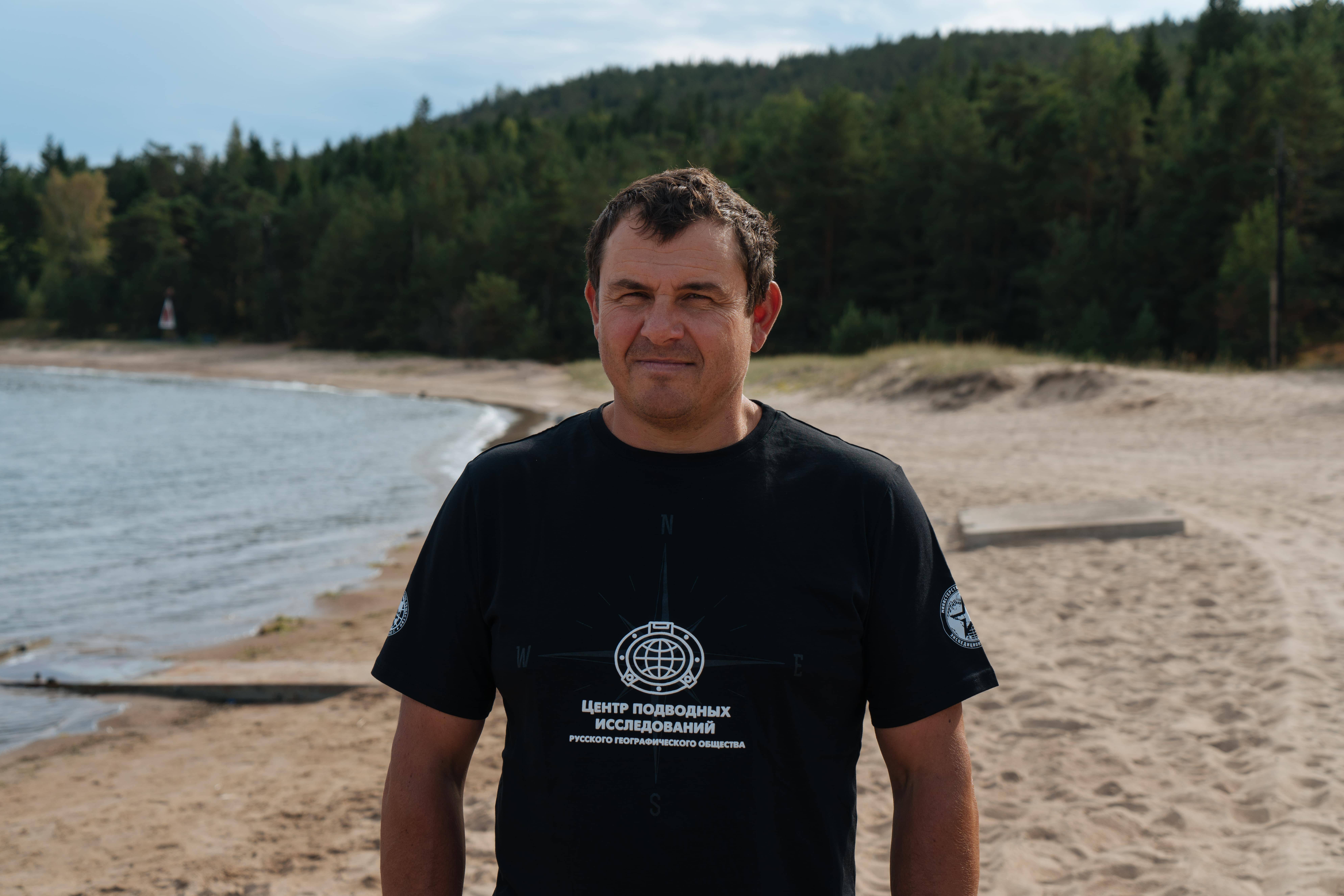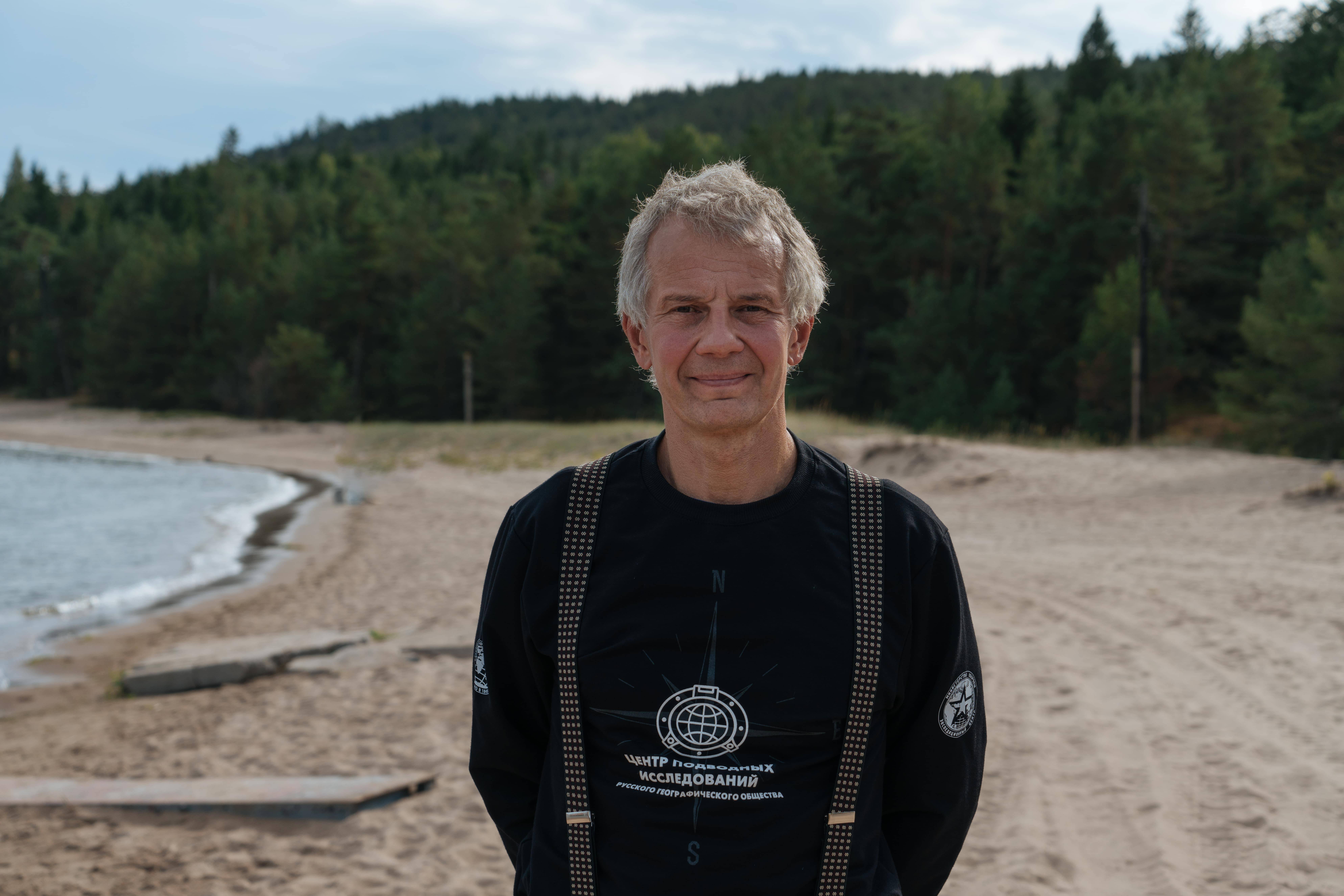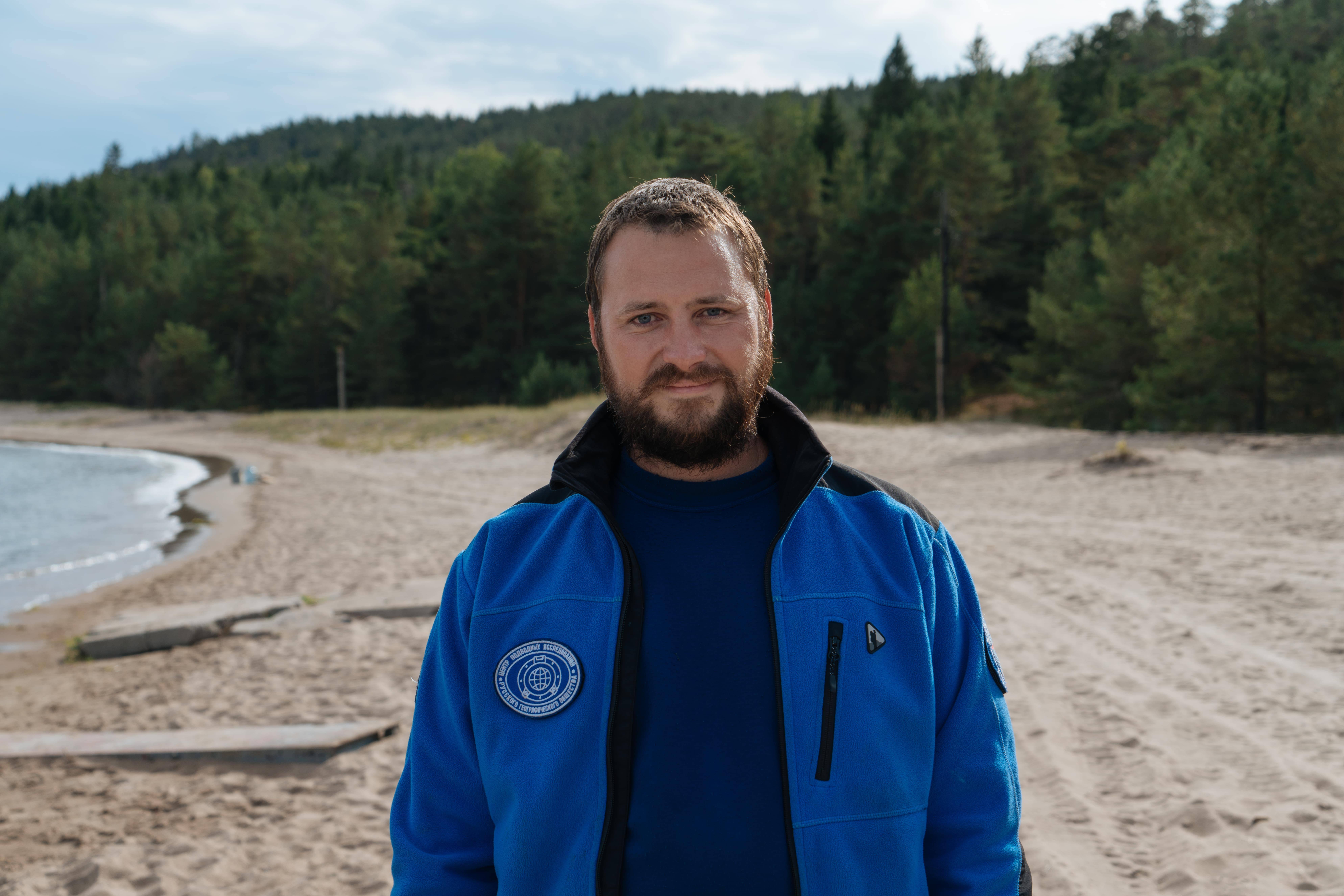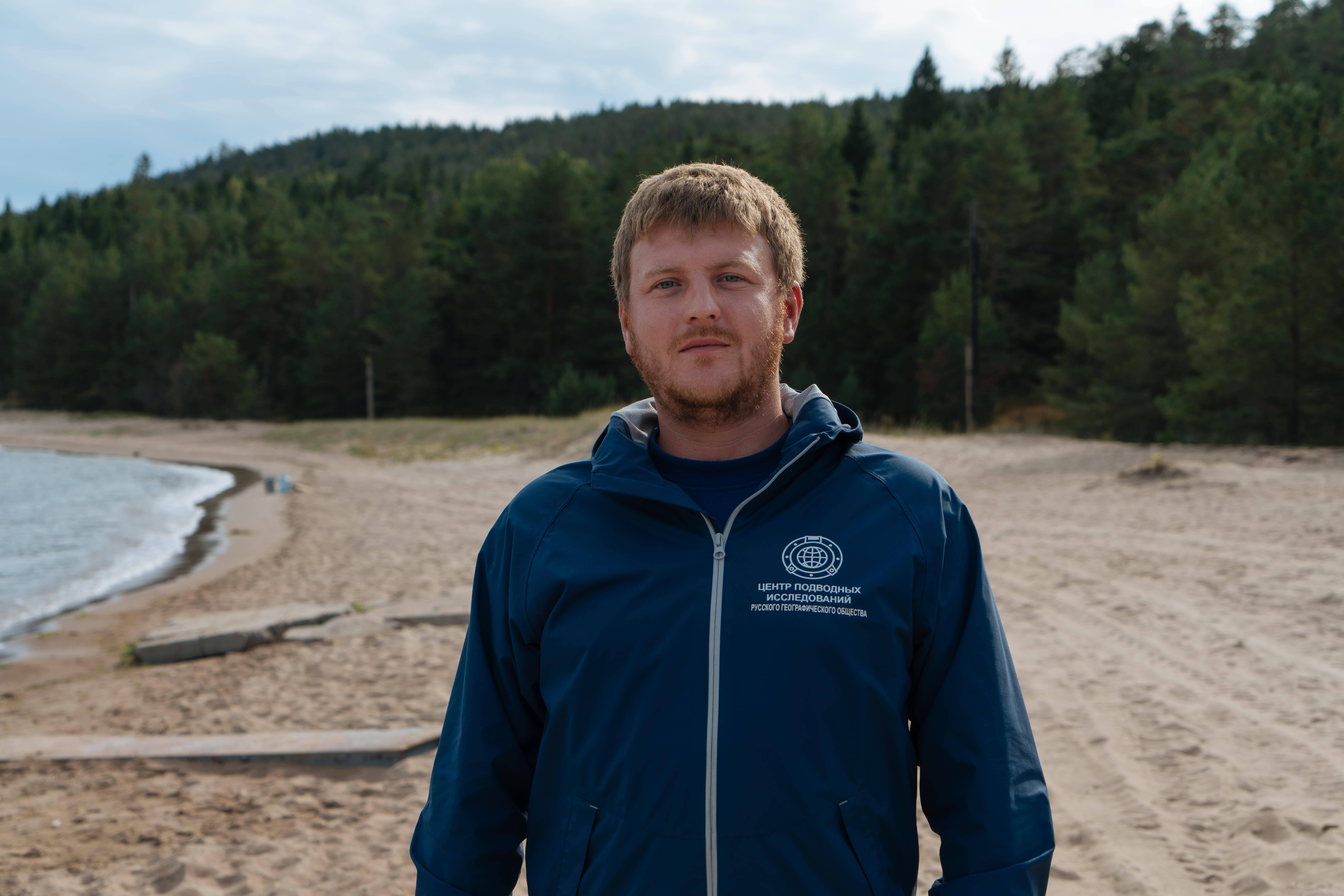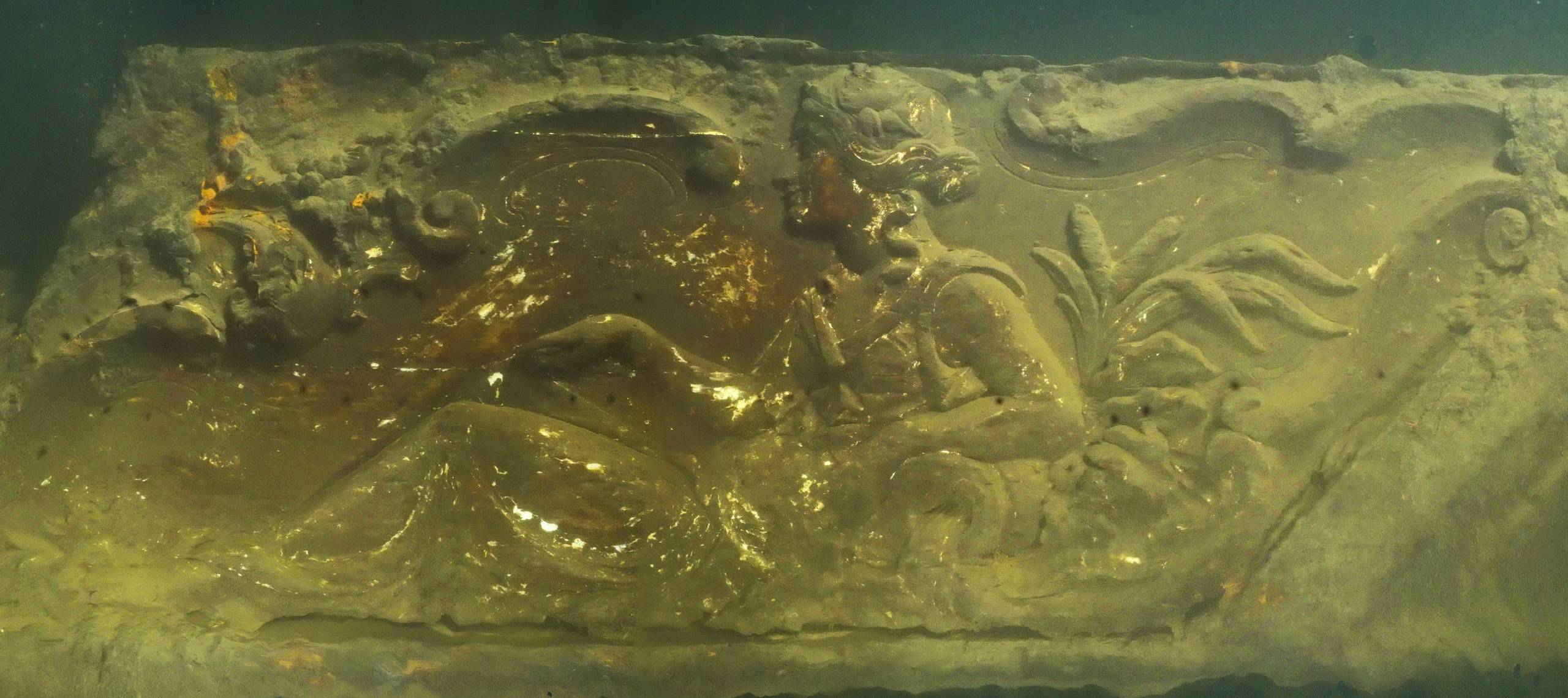Our team is making its way into the waters of the Gulf of Finland surrounding Cape Stirsudden to explore the wreck of Barwon. Last year, we performed several dives to determine the exact location of the vessel based on the coordinates received from the searchers. The location was confirmed, so in 2019 we will explore the passenger/cargo screw steamer in great detail.
Barwon was built in 1854 in Clyde, Scotland. The ship weighed nearly 500 tons, had a steam-powered speed of 14 miles per hour, passenger capacity of 130, and a tonnage of 400 tons.
The Sydney Morning Herald dated December 21, 1854, stated that the ship "is one of the most perfect specimens of marine architecture yet produced, as she combines all known improvements, with several which are peculiar to herself. … The keel and stern are formed of one continuous piece of iron, without scarfs or joists; and the bottom of the vessel is double. A watertight platform of iron supports the bilges and forms a second bottom, which would prevent the influx of water should her bottom get cut through as a result of the vessel striking upon rocks. The deck is made unusually strong by the introduction of iron plates bolted to the beams before the ordinary wooden deck is laid down. The purpose of this arrangement is to bring the deck into equilibrium with the bottom of the ship, and to ensure the maximum strength with the least materials. …
The engine of the Barwon is of a very simple construction and occupies less space than any engine of the same power, which has fallen under our observation. The engine and boiler embody various improvements, of which the main purpose is to economise the consumption of fuel. The screw is of a totally new description, it works with greater efficiency than ordinary screws, and there is very little of the usual vibratory motion at the stern. …”
Of course, a ship with such improvements was highly sought-after in the mid-19thcentury. That is why Barwon changed owners several times. From Scotland, she was sold to Australia to be used as a cargo vessel. Then the British government acquired Barwon to send her to the Crimean War (1853-1856). After the war was over, a private company purchased her to be used as a passenger ship, making voyages to St. Petersburg.
Unfortunately, the English vessel never entered the Russian port. On August 25, 1857, when Barwon was approaching the capital, it collided with Moscow, a German steamboat. She did not sink right away, after all, "A watertight platform of iron supports the bilges and forms a second bottom, which would prevent the influx of water should her bottom get cut through as a result of the vessel striking upon rocks.” Moscow turned out to be far more dangerous than the hypothetical rocks, and Barwon went down while being towed near Cape Stirsudden.
She was discovered by search and recovery divers who then shared the coordinates with Andrey Lukoshkov, the URS RGS’s Science Advisor. Last year, our research divers visited the wreck, confirmed the coordinates, and assessed the condition of the hull as ‘medium good’. The hull has minor damages to it; however, it is important to note that 150 years underwater still takes its toll on the structure. The steamer rests 35m below the surface, on an even keel. Her dimensions are similar to the dimensions of the 19thcentury English ketch that sunk in the waters surrounding Gogland. The English ketch will be the subject of a major expedition in 2019. Thus, the exploration of Barwon is not just a standalone project, it also serves as a rehearsal for the coming expedition to Cupboard.







